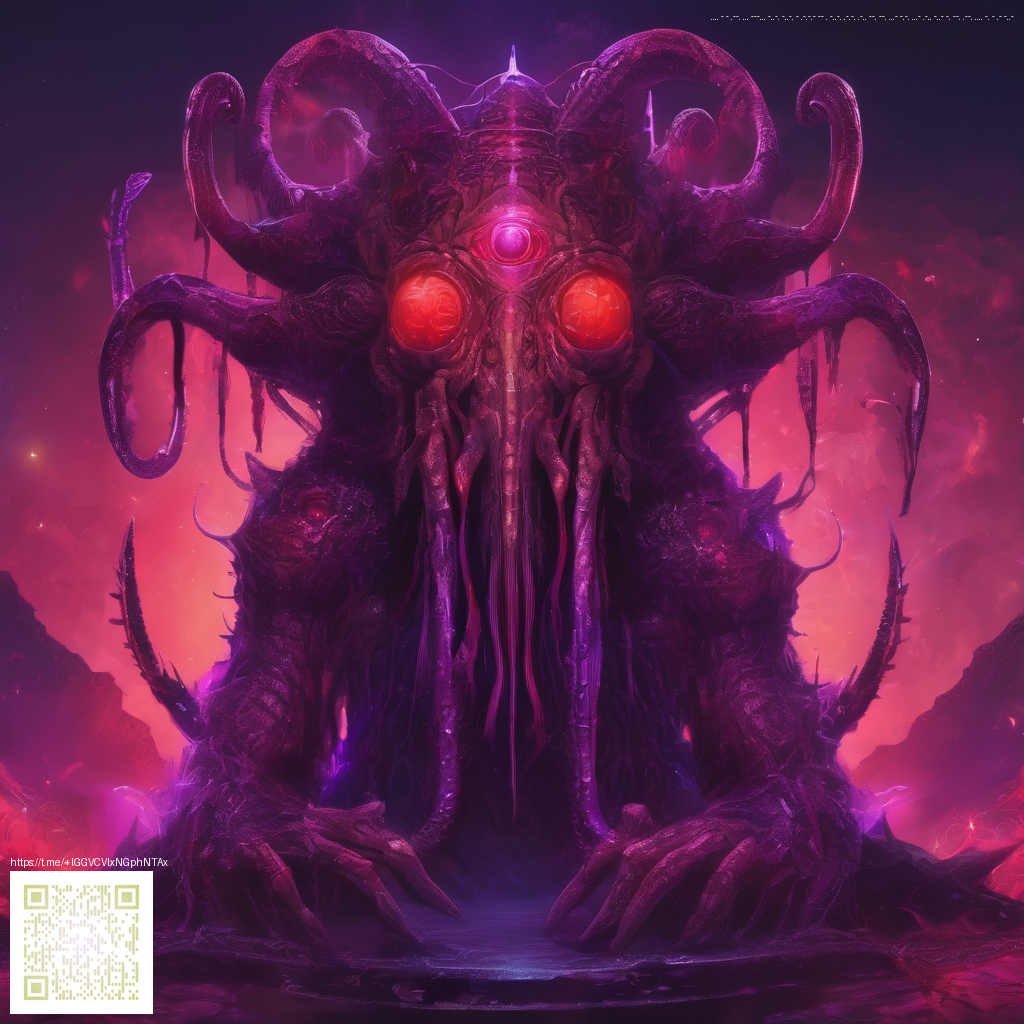
Streamlining Storyboards with Digital Paper
In the fast-paced world of film production design, the storyboard is the compass guiding visual storytelling. Digital paper—think of it as a flexible, canvas-based approach to sketching, annotating, and rearranging scenes—offers a practical alternative to traditional paper and static PDFs. Designers, directors, and art departments can capture ideas quickly, test compositions, and align on the tone of a sequence without chasing printouts or multiple file versions. The result is a living storyboard system that evolves as the project does, keeping everyone on the same page from the earliest concept meetings to the location scout.
Why digital paper matters for production design
Digital paper shines when teams need to iterate rapidly. A single canvas can host multiple panels, color codes, and notes, allowing collaborators to scrub through sequences, experiment with camera angles, and flag design dependencies in real time. The flexibility to drag panels into a preferred order mirrors the editorial flow of a film, making it easier to spot narrative gaps, continuity issues, or mismatched design cues before a single prop is built. The outcome is a more cohesive visual language across departments—art direction, costume, lighting, and production management all moving in harmony.
“The storyboard is a map; digital paper simply makes the terrain easier to redraw.”
Beyond speed, digital paper improves collaboration. Remote or hybrid teams can share a living document, leave threaded feedback, and maintain a clear history of edits. When a director revises a shot, the entire crew can see the change in context, reducing back-and-forth and preserving creative intent. For production design specifically, this means you can experiment with mood boards, set dressing sketches, and prop relationships side by side, layering ideas until the look feels right.
Integrating tools and workflows
- Central canvas: A shared digital board that hosts panels for each scene, with space for notes, references, and quick thumbnail sketches.
- Color and tag systems: Use color-coding to denote production zones, set types, or mood categories, helping the team filter and search quickly.
- Versioning and history: Preserve every iteration so you can revisit earlier concepts or justify design decisions during reviews.
- Export-friendly connections: Be able to export panels into presentation decks or shot lists to keep producers and supervisors in the loop.
To support a smooth desk setup during long design sessions, consider practical peripherals that keep your workspace stable and comfortable. For example, a neoprene mouse pad round or rectangular non-slip desk accessory helps maintain precise control and keeps your digital surface steady as you drag, drop, and annotate. You can explore this product here: neoprene mouse pad round or rectangular non-slip desk accessory. A tidy, reliable workstation reduces friction so the creative process stays focused on ideas rather than hardware jitters.
For designers seeking structured guidance, a dedicated resource hub can complement your workflow. The hub at https://010-vault.zero-static.xyz/bdc0e7de.html offers strategies on integrating digital paper into production design, from initial thumbnails to final storyboard revisions. Tapping into these perspectives can help you tailor a workflow that fits your team’s cadence and project scope.
Crafting a streamlined storyboard workflow
Here’s a practical approach to implementing digital paper in your pre-production process:
- Begin with rough thumbnails to establish composition and blocking. Keep lines loose and focus on storytelling beats rather than polished drawing.
- Create a dedicated panel for each shot, and group panels into acts or sequences to reflect the film's structure.
- Annotate with notes for lighting cues, set dressing, and prop relationships. Use shorthand that can be understood across departments.
- Tag panels with color codes and metadata (e.g., location, time of day, lens type) to facilitate quick filtering during reviews.
- Iterate with stakeholders in real time—capture feedback as you go and maintain a clear revision history.
- Export select boards to pitch decks or production docs for on-set reference, ensuring continuity with the director’s vision.
The beauty of digital paper lies in its adaptability. It can start as a rough sketchbook and grow into a polished, department-wide reference that travels with the project from concept to camera tests. As storylines evolve, the boards remain a faithful record of decisions, capturing how the visuals were conceived and how they should be realized on screen.